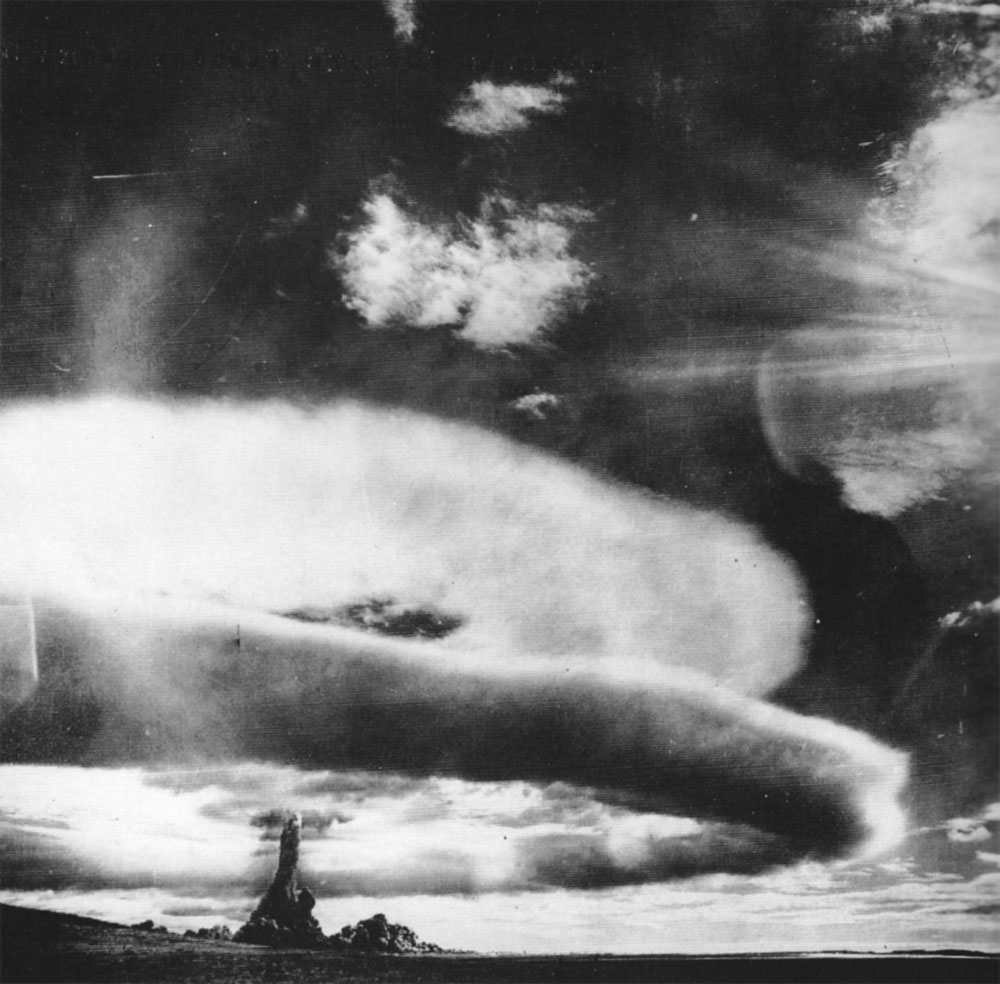Advanced Soviet Superbombs

The arms race was greatly driven by each of the two superpowers reacting to each other's actions. In the early 1960s, the Soviets developed a series of hydrogen bombs, and on October 30, 1961, they exploded the most powerful thermonuclear device ever created. The bomb, which was tested on the island of Novaya Zemlya, yielded 58 megatons, the equivalent of 116 billion pounds of TNT. It is supposed that this bomb had three stages, using a lead tamper instead of the even more powerful uranium-238 for the fusion stage. The lead tamper was the reason for the small amount of fission products released by the device, which was airdropped and detonated at 3:30 a.m., illuminating the sky for hundreds of miles around. Never made into a weapon, the device most likely produced thermonuclear energy from fusion of deuterium in lithium deuteride, in cylinders arranged sequentially so that each stage would ignite the next. Four more hydrogen bombs were tested in 1962, with yields ranging from 20 to 30 megatons, but none of these heavier bombs were considered of military value.